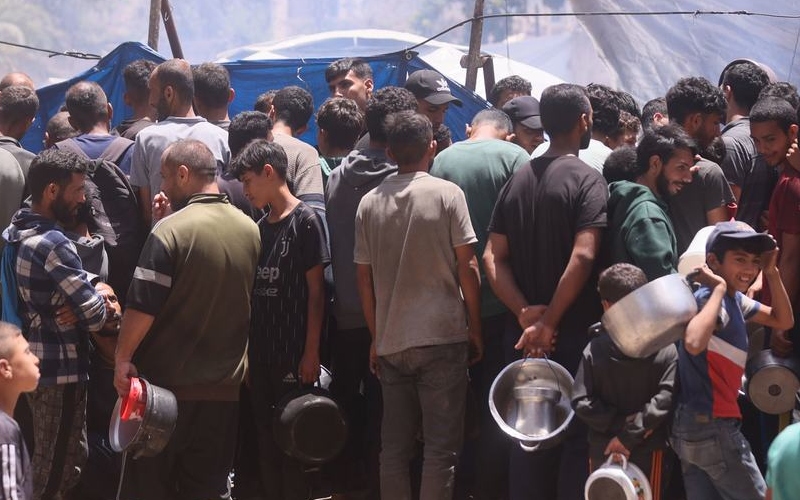Kindiki’s plan: New regulations to manage public protests and prevent chaos

Kindiki says these regulations are intended to prevent chaotic and violent confrontations between protesters and the police, following a spate of deadly anti-government protests across the country in June.
Interior Cabinet Secretary nominee Kithure Kindiki has outlined his plans to manage public demonstrations if he is reappointed to the Ministry.
While before the Committee on Appointments on Thursday, Kindiki said would define specific zones where Kenyans can protest, picket, and petition submissions.
More To Read
- Gachagua to launch new party, vows to unite Mt Kenya, challenge Ruto ahead of polls
- Gender CS nominee Hanna Cheptumo says women killed in Airbnbs were after money
- Watch: MPs vet Gender, Culture and Arts CS nominee Hanna Cheptumo
- Public Service CS nominee Ruku proposes splitting of TSC powers to curb graft
- Nakhumicha rejects claims of Gachagua’s involvement in Sh3.7 billion KEMSA tender scandal
- National Assembly resumes sitting with focus on vetting of Ruto’s nominees, tax amendment bills
He was responding to a question from National Assembly Majority Leader Kimani Ichung’wah, who held that “the confrontation between police and protesters” is because the Interior Ministry has failed to designate “picketing corners”.
He emphasised that before his dismissal as the CS, he had drafted several regulations including obligating police officers to escort protesters and provide security for them.
The regulations would also ensure protesters don't run a mock and overrun members of the public who are not protesting.
Kindiki says these regulations are intended to prevent chaotic and violent confrontations between protesters and the police, following a spate of deadly anti-government protests across the country in June.
“It is true there's work that needs to be done to ensure that the people of Kenya enjoy their constitutional right and freedom to assemble, picket, and demonstrate while at the same time maintaining public order. Before I was dismissed, I had finalized the draft regulations, the Public Order Act which will be the statutory instrument to be processed for purposes of giving effect to the enjoyment of that right, not to curtail that right because a statute cannot curtail a constitutional,” he said.
He reiterated that regulations would also require those protesting to notify the police and also give the number of protesters so that the appropriate arrangements are made.
“It will obligate public institutions in all arms of government to designate an area within their precincts where a group of protesters who want to present petitions can stand, demonstrate and present their petition,” he said.
Protesters have since forced President William Ruto to drop the contentious Finance Bill 2024 which they claimed were overburdening Kenyans. As if that’s not enough, the protesters led by Gen Z continued with the demos against his administration, calling for governance reforms. Others also called for his resignation.
The demos, largely organised on social media, have seen the youths mobilise for marches to key areas such as the Nairobi city centre, Parliament buildings and the Jomo Kenyatta International Airport.
The police have been criticised for using excessive force and violence against Kenyans in the wake of the protests.
Top of the issues is the opening of fire on unarmed Kenyans, forceful arrests and orchestrating the abduction of vocal personalities in the demonstrations in what is seen as suppression of dissent against Ruto’s administration.
Over 60 people have been confirmed killed since the demos began, according to the Kenya National Commission on Human Rights.
Top Stories Today












































